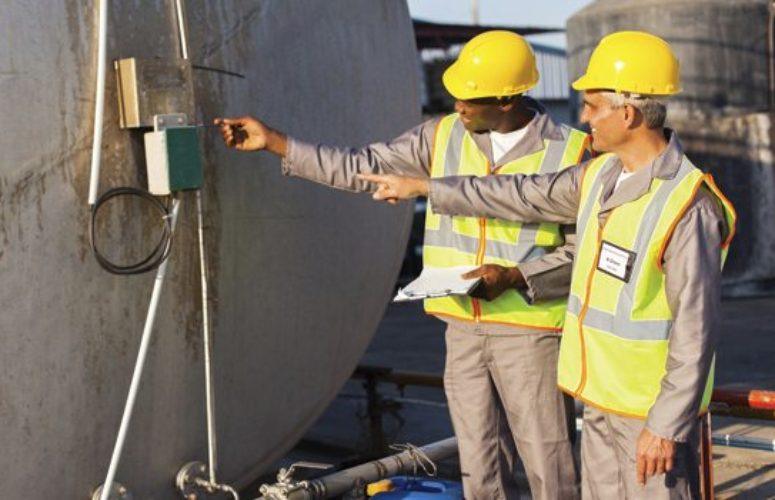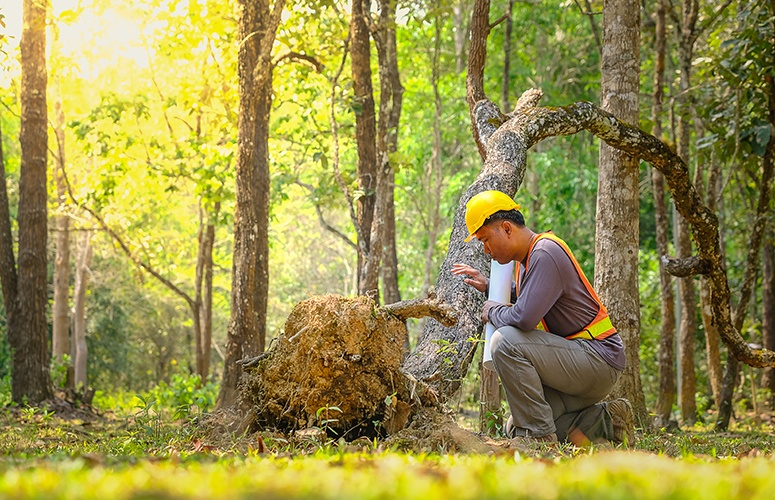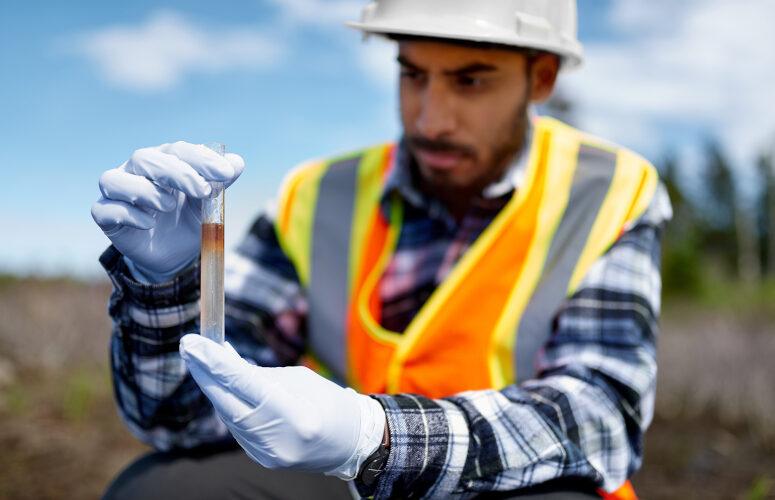
The New Jersey LSRP Association
Discover the role of this non-profit organization and how the DEP views it as the primary group representing LSRPs in the state.
By Colleen O’Dea, Contributing Writer On Feb 26, 2015The New Jersey Licensed Site Remediation Professionals Association (LSRPA) is a non-profit membership organization that provides information, education and technical resources to professionals involved in environmental remediation, as well as students pursuing an education in a discipline related to cleanup work.
The genesis of the association dates to the time when lawmakers were debating the Site Remediation Reform Act (SRRA). Engineers, geologists, scientists and other experts in the field of site remediation did not have an organized voice in the debate over the bill in the State Legislature, a law that would have an enormous impact on their work. A group of consultants formed a coalition to talk to legislators and speak before committees considering the SRRA. These stakeholders had a significant impact on the bill, including the acknowledgement of the role professional judgment plays in the work LSRPs do. This coalition incorporated in March 2009 as the LSRPA, a 501(c)(6) trade organization.
The association is loosely modeled after the Licensed Site Professional (LSP) Association of Massachusetts, where a similar program has been in place since 1993. That group made it clear that an organized association is critical to the successful operation of such a cleanup program, especially in its formation.
The New Jersey Department of Environmental Protection (DEP) recognizes the LSRPA as the primary group representing the state’s site remediation professionals. The association’s members are seen as valued stakeholders and have contributed to the development of reasonable regulations. The LSRPA also has been instrumental in preparing the breadth of guidance documents created in conjunction with DEP officials. The association continues to advocate for the importance of the use of professional judgment by professionals.
Mark Pedersen, state assistant commissioner of the DEP’s Site Remediation Program, says his department welcomes the input of LSRPs in drafting its guidance documents and rules.
“Get involved,” he urges.
Steve Posten, current president of the association, said members are among the stakeholders working with DEP on technical documents to guide the professionals’ work “over a wide range of issues that parties have to deal with.”
Scott Drew, a LSRP with Geosyntec Consultants and a member of the LSRPA Board of Trustees, gave association members at their annual meeting last January an update on the remediation standards rule for contaminated soil, groundwater and surface water that sunsets in June. He is a member of the DEP’s stakeholders committee, which meets monthly and works to develop technical guidance documents.
“The amended rule will reestablish cleanup standards for soil, and for the first time, screening levels for vapor intrusion, extractable petroleum hydrocarbons and the migration of contamination from soil groundwater will also be proposed as standards,” Drew said.
Caryn Barnes, principal at Langan Engineering and Environmental Services and chair of the LSRPA membership and stakeholder outreach committees, urged members to “really participate in the process involving the development of regulations and guidance documents.”
By getting involved in the association, LSRPs can assure they have a voice in DEP rule-making – members are encouraged to comment on the new rule proposal. Members also can interact with decision makers, get access to needed continuing education requirements (at a discount) and licensing exam preparation, attend networking events and connect with other professionals. The LSRPA also sends members e-blasts with updated information and compliance alerts.
“We are always looking for suggestions for things to help our members,” says Sue Boyle, LSRPA’s executive director and senior environmental practice leader at GEI Consultants.
Of the 544 members in the association, 399 are LSRPs. The rest are associate members – suppliers, lawyers and other professionals – and student members. The group has been growing. It added 90 new members last year. There are 31 sponsors, with various levels of sponsorship available. The LSRPA’s membership committee is hoping to continue to grow, looking to add the 178 LSRPs who are not yet members, as well as other professionals in the field and prospective LSRPs.
To bolster the profession, the association is working to encourage the next generation of LSRPs, including working with college programs that graduate students into the field. As part of this effort, the association has established a scholarship program to help students interested in a career in site remediation. The $10,000 scholarship fund is named for Elmeryl Davies, the late wife of Julian Davies, one of the association’s founders and a former member of its board. The merit-based scholarships are to be awarded to one or more New Jersey college students majoring in science or engineering related to environmental consulting, says Benjamin Alter, senior vice president at GZA GeoEnvironmental and chair of the College Outreach committee.
“We’re hopeful this will help us attract the best and the brightest to our profession,”
Alter says.
The LSRPA also is planning ways to provide college faculty with more information about the profession, as well as help students find internships.
Barnes said the association is also reaching out to and networking with other professional organizations to share information and “collaborate.” Such collaborations can help LSRPs do an even better job.
Related Articles:






